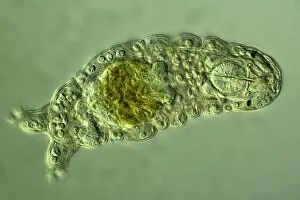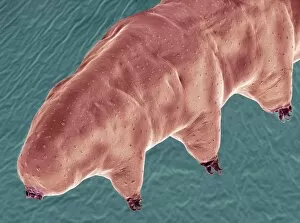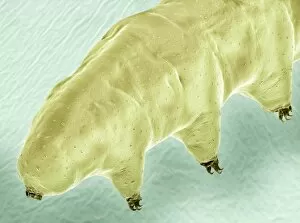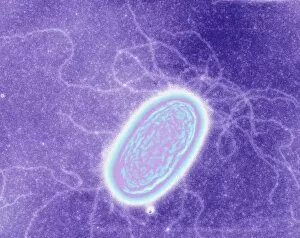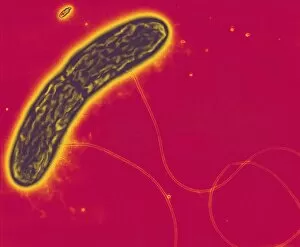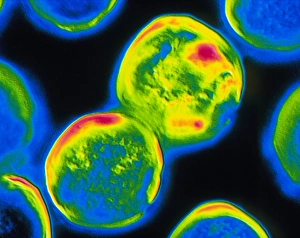Extremophiles Collection
"Exploring the Extraordinary World of Extremophiles: Survivors in Extreme Conditions" In a world where life seems impossible
All Professionally Made to Order for Quick Shipping
"Exploring the Extraordinary World of Extremophiles: Survivors in Extreme Conditions" In a world where life seems impossible, there exist remarkable organisms known as extremophiles. Meet the water bear, an extraordinary creature capable of withstanding extreme conditions that would be fatal to most other living beings. Captured under a light micrograph and scanning electron microscope (SEM), these images reveal the astonishing resilience of these tiny creatures. Microbiologist Dr. Elena V. Pikuta and astrobiologist Richard Hoover have dedicated their research to studying extremophiles, cultivating them in controlled environments for further examination. Their work sheds light on how these unique organisms adapt and thrive in some of Earth's harshest habitats. The SEM images showcase the water bear's incredible ability to survive even in desolate landscapes such as hot springs or frozen tundras. With its barrel-shaped body and eight legs equipped with claws, it navigates through treacherous terrains effortlessly. But water bears are not alone in this battle for survival; they share their extreme habitats with tabellaria diatoms - another group of resilient organisms captured beautifully under SEM imaging. These diatoms form intricate patterns resembling delicate artwork, showcasing nature's creativity even amidst adversity. Astrobiology researchers like Dr. Pikuta and Mr. Hoover explore extremophiles not only for their fascinating adaptations but also because they provide valuable insights into potential life forms beyond our planet. By understanding how life can persist against all odds on Earth, we gain crucial knowledge that could aid us in searching for extraterrestrial life elsewhere in the universe. As we delve deeper into the microscopic world inhabited by extremophiles, we realize that life is far more adaptable than we ever imagined possible. These captivating images serve as a reminder that no matter how harsh or inhospitable an environment may seem, there might still be hidden wonders waiting to be discovered – thanks to the tenacity of extremophiles.

